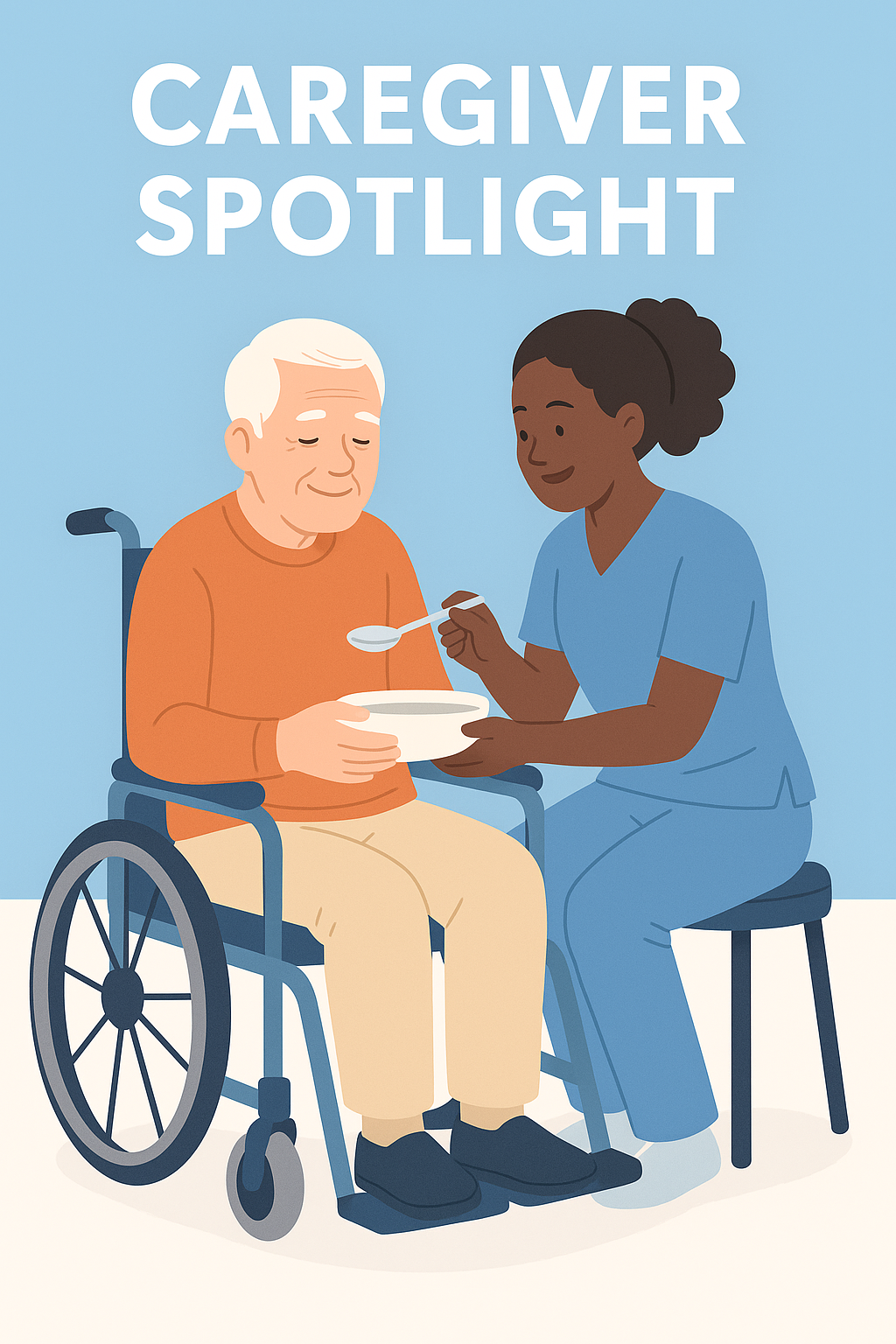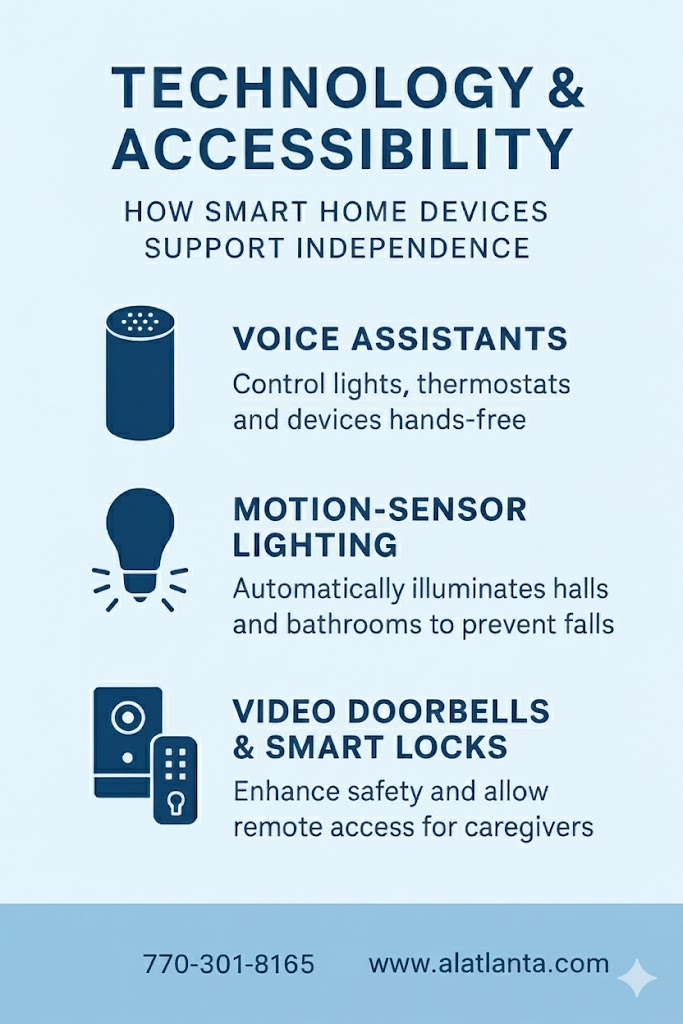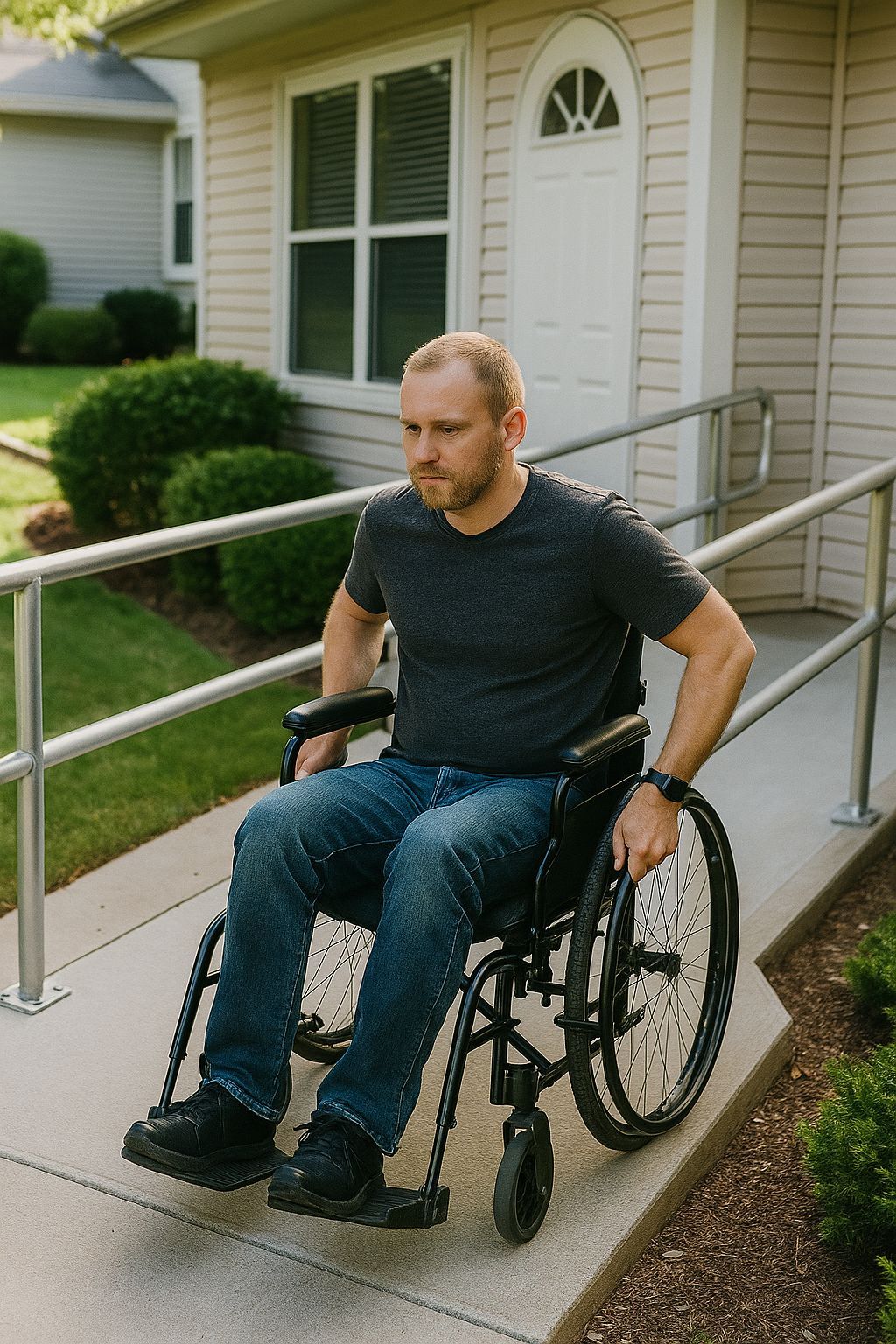Outsized Death Risk for Women With Afib After Heart Surgery
After cardiac surgery, women were particularly vulnerable to poor outcomes in the long run if the most common procedural complication had occurred, according to a large retrospective study from two tertiary care centers.
Although postoperative atrial fibrillation (poAF) was less likely to occur in women than in men after adjusting for patient and surgery-related risk factors (OR 0.85, 95% CI 0.79-0.91), there was a significantly stronger association between poAF and subsequent mortality for women.
Compared to those without, men with poAF had a 17% higher mortality hazard (HR 1.17, 95% CI 1.11-1.25) versus women with poAF who had a 31% higher mortality hazard (HR 1.31, 95% CI 1.21-1.42), reported a group led by Sergey Karamnov, MD, of Brigham and Women's Hospital and Harvard Medical School in Boston in JAMA Network Open
"Our findings suggest that women may have protective factors against the development of poAF. However, once poAF takes place, women may be more vulnerable to the associated long-term morbidities," they concluded.
Prior work has already linked poAF to increased risks of stroke, morbidity, and mortality atop higher healthcare utilization costs.
The majority of the present study cohort had at least 10 years of follow-up, during which 50.4% women and 48.9% men with poAF died, compared with 49.6% and 51.1%, respectively, among non-poAF peers.
"The observed elevated risk of long-term mortality in women with poAF underscores the need for refined approach to postoperative management, continuous cardiac monitoring, regular follow-ups, and proactive interventions in this patient population," Karamnov's team stressed.
Mariana Fragão-Marques, MD, PhD, MBA, of the University of Porto in Portugal, suggested that potential sex disparities may lie in long-term postoperative care areas such as surveillance and access to medical treatments.
"At the heart of this study lies the recognition that poAF, traditionally viewed as a largely self-limited event, may have long-term implications that extend beyond the immediate postoperative period," she wrote in an accompanying editorial. "By highlighting the disproportionate impact of poAF on long-term outcomes in women, the study underscores the need for a more nuanced and personalized approach to postoperative care delivery."
Study authors cited genetic, cardiac structural, hormonal, socioeconomic, and psychosocial risk factors as potential mechanisms underlying their findings.
"This observed sex disparity in the association between poAF and long-term outcomes clarifies previous conflicting results reported in the literature and underscores the need for a deeper understanding of the underlying mechanisms driving these differences," according to Fragão-Marques.
The retrospective cohort study was conducted from data at two tertiary care centers in Massachusetts.
Included were adults who had presented in normal sinus rhythm and undergone coronary artery bypass graft surgery, aortic valve surgery, mitral valve surgery, and combined procedures with cardiopulmonary bypass. Procedures took place from 2002 to 2016, and patients were followed up to 2022 with supplementary longitudinal data from the Society of Thoracic Surgeons Adult Cardiac Surgery Database.
Approximately 75% of the sample was censored or deceased at 10 years, authors noted.
Out of 21,568 people with poAF data (mean age 66.5 years), poAF was detected in 40.8% of women and 38.8% of men.
By predicted probabilities, men had a 40.5% chance of experiencing poAF, while women had a 37.0% chance of developing poAF.
Notably, these researchers had defined poAF as any atrial fibrillation (Afib) detected on ECG during the index hospitalization. Other research has shown that people may need to undergo continuous rhythm monitoring after cardiac surgery to catch any late poAF.
Karamnov and colleagues acknowledged the potential for residual confounding despite efforts at statistical adjustment in the retrospective analysis. Additionally, the data were geographically limited, with low representation of certain age and race groups.
The investigators noted that people with persistent or longstanding Afib and those not in normal sinus rhythm within 7 days prior to surgery had been excluded from the report. So were patients with pacemakers, those with prior or intraoperative pulmonary vein isolation, Maze, or left atrial appendage occlusion, and those who underwent reoperations within 1 year.



